Ah yes, Intramuros is full of history. Come along with me as I show you the "hidden" things in and around this so-called walled city. I say "hidden" because I don't think most people have seen some of these yet. Or, you know, we're too busy with life that we don't notice most of the things around us.

Before I start, did you know August is also our National History Month? I realized it when I saw this big banner in Manila. Haha.
This month is Buwan ng Wika (Language Month) which have also become History Month! Fantastic right? I guess we have another writing challenge to do huh? 😁
Anyway you can also read the backstory and my memories of Manila via the link near the end of this article. For now let's get on with the tour! I will take you to some of the places I recently went to before the latest Aug. 6 lockdown. 😁
Cause you know, I have too many photos in my phone that I have to get rid of. 😅
♦ Hello Again Intramuros!
Intramuros is a several centuries old historical district inside the City of Manila. There are a lot of things that happened here that's why it's famous. History buffs and other people come inside its walls to know more about the past - since it was built until the present. Also known as the walled city, it was constructed by the Spanish conquerors during the late 16th century.
There are many places to visit here. There's a fortress, Jose Rizal's bronze "footsteps", historical buildings, an old church and more! I still feel like I haven't been to a lot of areas here though. Somehow I have also never felt like doing any solo tour. I mostly only take pictures of the things I pass by.
For some reason I chose to have a training for another career and picked a school in this place. I couldn't decide where to go so I just chose the easiest to get to somehow. Too bad it turns out I don't really like the way this certain institute runs their trainings. However let's not talk about that.
It was mid-May when I joined the practicum and then training exam which was held in Cavite. We went to Intramuros first for a free bus ride to our destination. Upon getting on, I wasn't able to look at anything outside since I was sitting at the back of the bus. I never noticed anything about the place that morning. Once we came back around half past one in the afternoon, it was already hot. That was the only time I could see the various things around me. Hehe.
The first historical object I saw once I got off the bus was this one. I don't remember being in this area ever before so I took a picture when I saw it. It's just a street label but it seemed like it had some sort of significance.
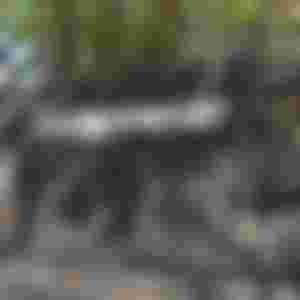
To have more clue on what I took a picture of, I looked around and then saw something I disregarded but then went back to.
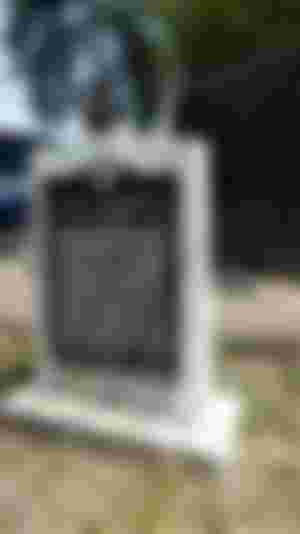
Isn't it a curious thing? There was obviously no church on that street so seeing this made me wonder. Upon further checking online, I realized I didn't see the explanatory notice (beside it) about a church that used to be there. After reading it I felt a bit sad.
On Google Maps a picture of the important marker says The Church of San Nicolas once stood there but got destroyed during World War II. The rubbles were cleared by 1959 and the land bought by 1977. There's a piece of Intramuros history for you.

From there I went on my merry way home while taking more pictures too. I'll post the rest below.
By late July I had to go back there because I almost forgot to get the training certificate in May. 😂 Come on self, why oh why? 😆 Somehow this pandemic has made me get used to staying at home too much. Eventually circumstances forced me to attend a face to face training instead of the online one I enrolled to so heck, finally I travelled far enough. (I don't regret it one bit. 😊)
Hitting two birds with one stone, I got my first certificate then went to the training. Good thing we were sent home early so I had extra time to look around!
♦ What's Just Outside the Walls of Intramuros?
So of course since this place is in Manila City, I had to go home to Quezon City after the trainings and such right? The first time I went home, I passed through the right way because I rode one of the pedicabs...

If you check the picture above you will see some people on bikes with a sidecar. That's what I rode on my first time being in that walled area this year. (On my third and last trip going there I just walked to the nearest passageway. Haha.)
So on the second time I went there, I just decided to go the opposite route to exit Intramuros. I didn't use a map but just followed some people going a certain direction and voila! It led me to another passageway!

This was farther than I expected. It was on another road so I had to walk some distance to reach the underpass and get to the other side just to go home. Whew.

Notice the sign is not as well maintained as the main entrance. Still it was worth taking a photo of this side. What else was I to do when I was at a farther exit than I had previously gone through. Might as well make the most of getting "lost".
If we look at the map, it's about a kilometer away to the other passageway I should have gone to.

As you can see in the map, there's an icon of someone playing golf. Well that's because there's also a golf course around the walls of the city. As previously mentioned in my golf article, this is where the sport was first played in the Philippines. 😉 What a very historical place right?
Last time I passed by, the gates to the course were open but I didn't go inside. I only took a picture and that's it.

Moving on, at first I even thought twice if I would go back inside or just take this other route. I have never been on this road before but since it was hot I decided to just continue walking.
In the past I never really noticed what's around this area. I rarely go to Intramuros so of course it came as a surprise when I saw various things like this statue!

Who knew there were other sculptures around here? I certainly didn't until I took the wrong turn. Haha.
The above photo is of the statue of Juan Luna, one of the well known heroes, revolutionary and historical artist of the Philippines. His most notable painting is the Spoliarium.
This monument is said to have been erected by the The Philippine Italian Association in 1983. On Dec. 8, 2019, the National Historical Commission of the Philippines (NHCP) commemorated his 120th death anniversary in the area.
After taking the picture I went on my merry way. A short distance away guess what else I saw? Hey what's that great white building across the street? Oh it turns out it's the National Museum of Fine Arts (NMFA)! Heyyy!!! Look, lucky me I chanced upon a kalesa (horse drawn carriage) in front of it too! (There's a traffic light up ahead so all the vehicles weren't moving.)


Too bad I have never been inside NMFA yet. It's finally been added to my list of must visit places here in Manila! Haha. Actually it also reminded me of the Malacañang Palace! Why, it must look way better than this right? Soon soon, only time will tell if I will be able to go to where the president lives and works.
So anyway, in front of the building I noticed a huge statue and some markers as well. I didn't take a photo of the first marker since I was busy taking pictures of the museum. 😅 Past the statue is this other GomBurZa marker and a logo too.

GomBurZa is the moniker of the last names of three martyred Catholic priests during the 19th century Spanish occupied Philippines. Fathers Gomez, Burgos and Zamora were accused of causing the Cavite province mutiny. The three were charged with treason plus sedition and eventually executed, no thanks to the local Spanish authorities. Their garroting was the last straw that caused the start of the revolution or our country's fight for freedom.

Apparently in 1972 the bronze statue was originally erected in Plaza Roma fronting the Manila Cathedral. It was to commemorate the centennial anniversary of their martyrdom. Eventually it was transferred here in 1980 but over the years the area surrounding it had been neglected and the monument was even vandalized.
By August 2018 a new Liwasang GomBurZa was launched to improve the dire situation in the area. (At the time there were trees in the island center of the street blocking the view of NMFA. It's sad to see the trees are gone now.) The project was a collaboration of the Intramuros Administration and the National Museum.
Now as you can see, everything is clean and well-maintained.

This enduring sculpture was made by the late artist Solomon Saprid, known for the kinetic quality of his work. Isn't this 7th national monument just fascinating? The 3rd priest isn't seen much from this angle though. Ehehe.
Unfortunately we've come to the end of this article. Next up will be a write up on the most noticeable improvements in Manila. In the meantime, what did you think of the things you've seen so far?
XOXO,
* * *
(Lead/header photo taken by André Héroux CC BY 3.0: Entrance of Fort Santiago, Intramuros, Manila)
Previous articles:
Not a member of read.cash yet? Come join us! Let's microblog on noise.cash too!
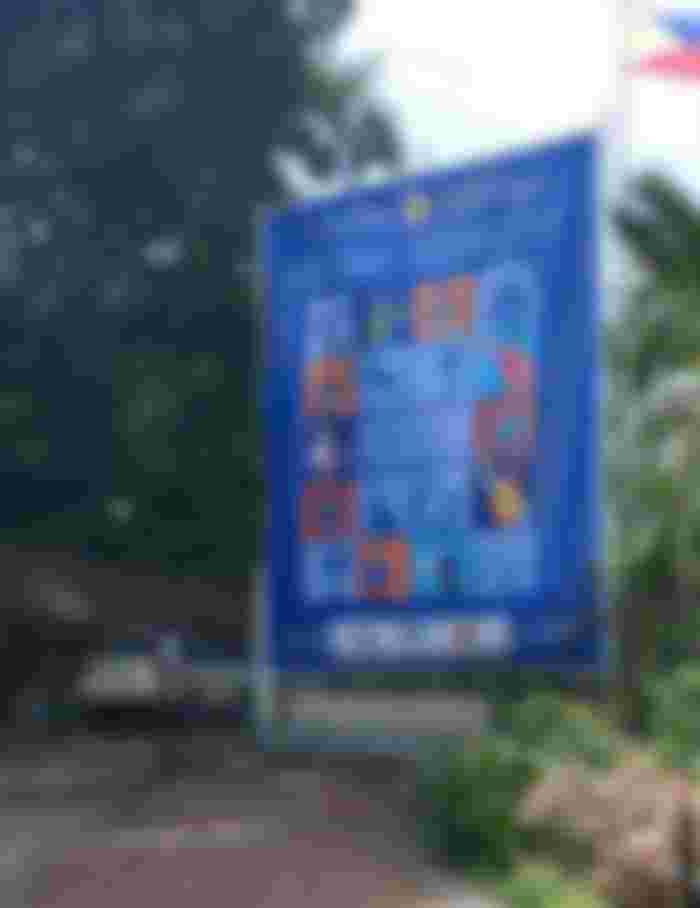
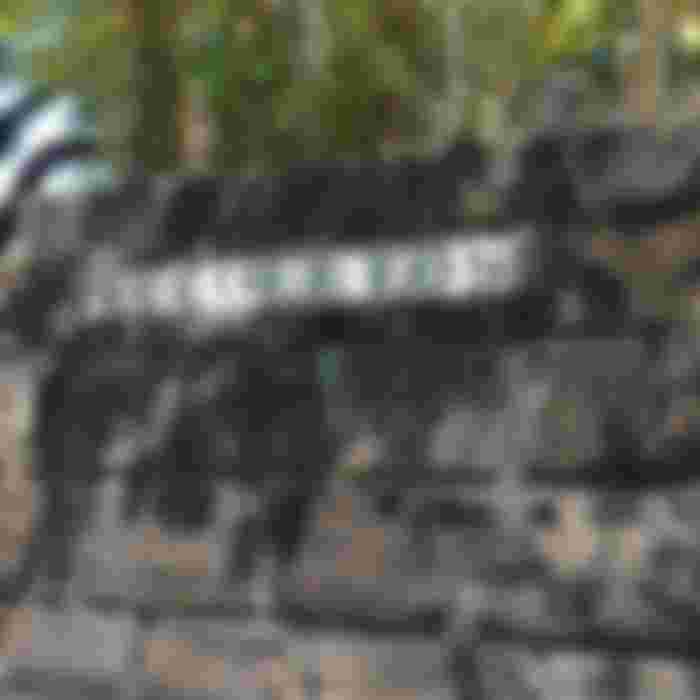
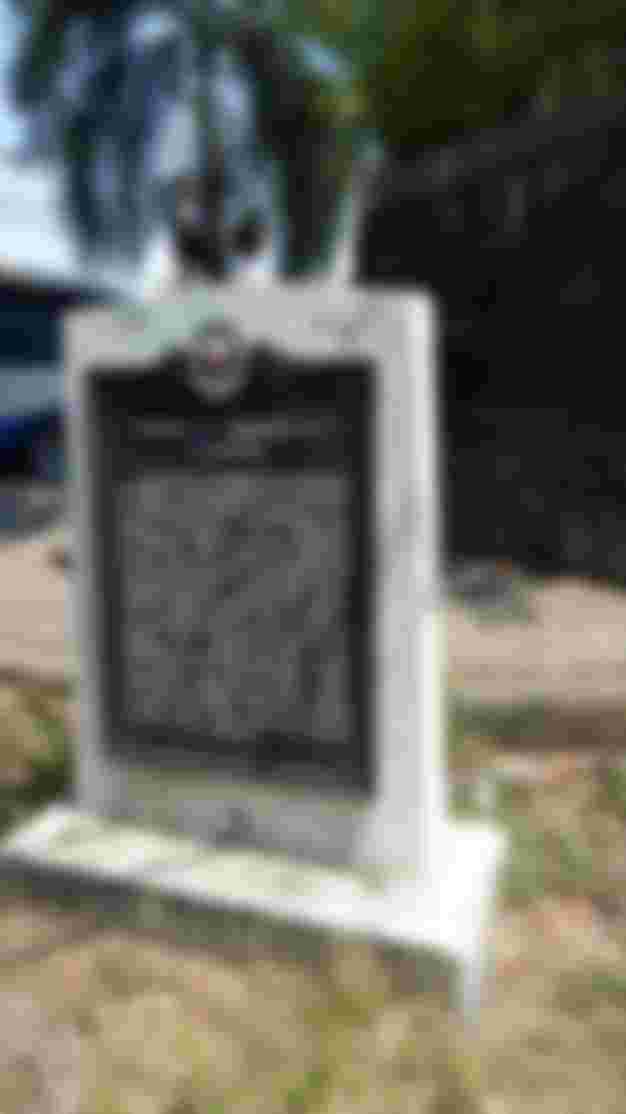
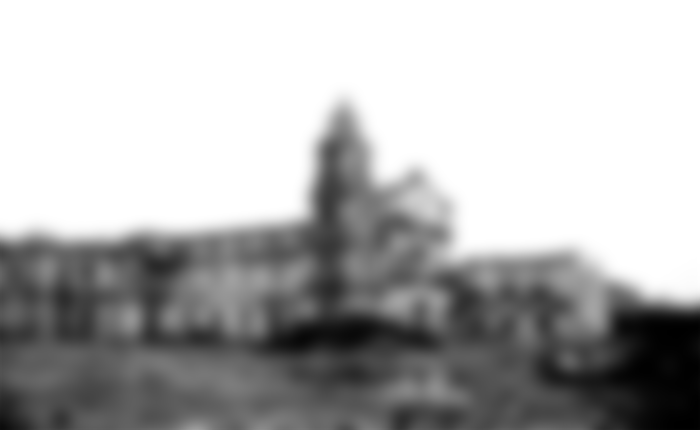
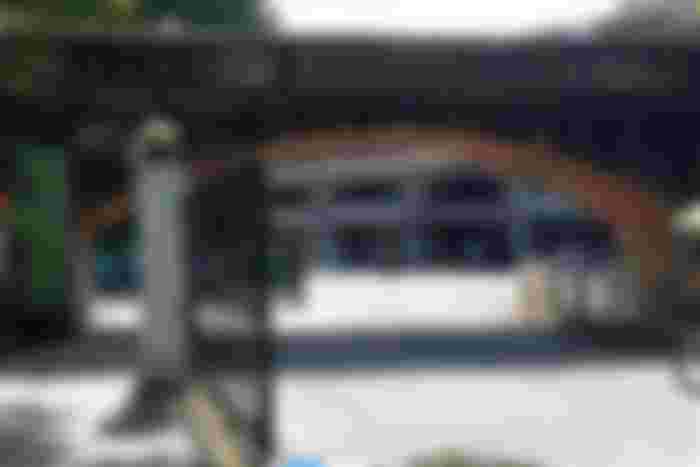
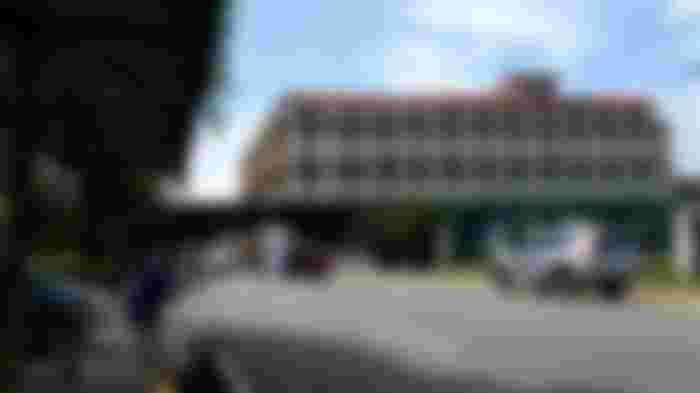

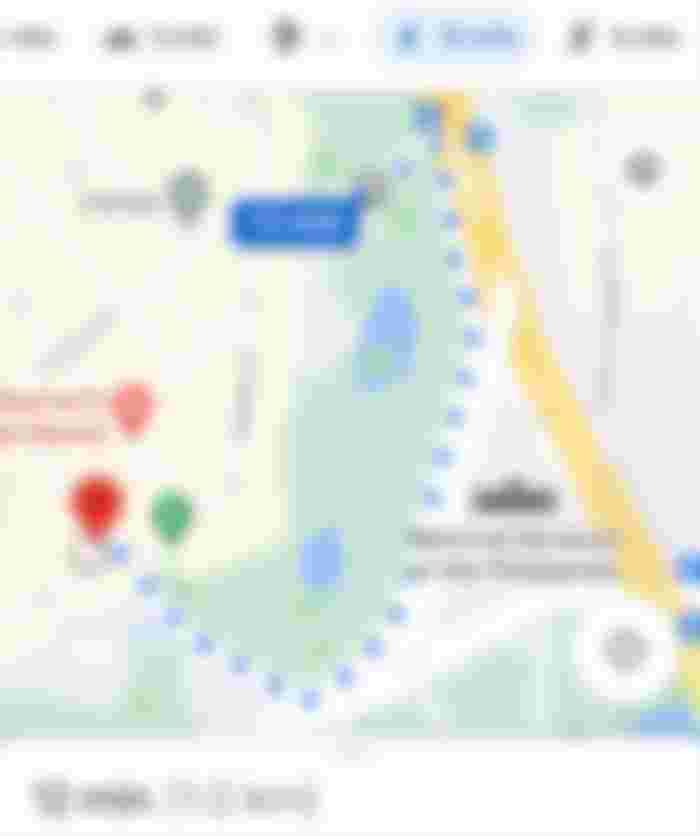


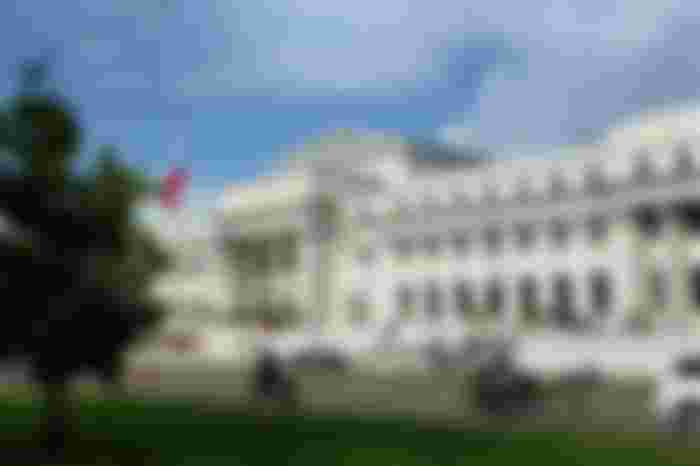
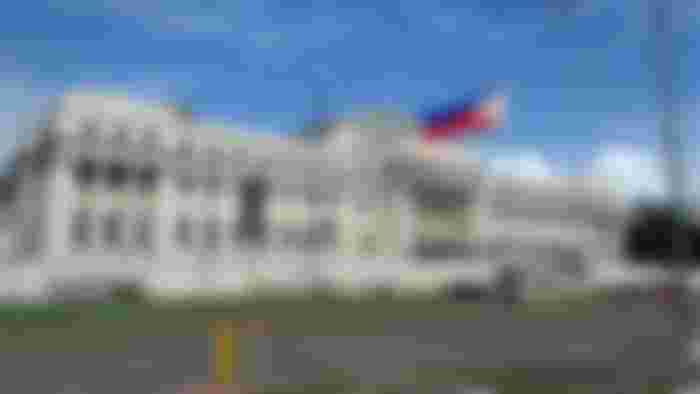
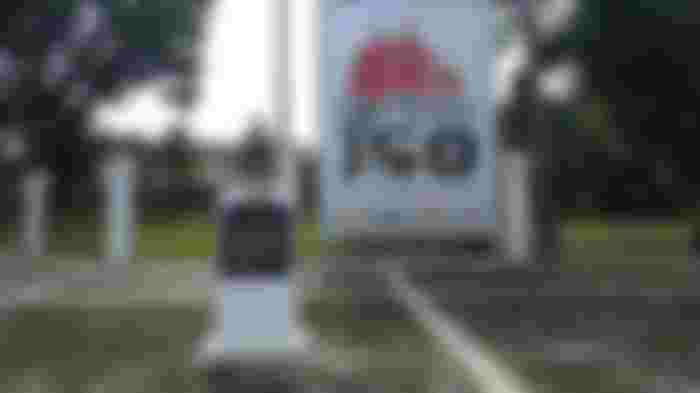
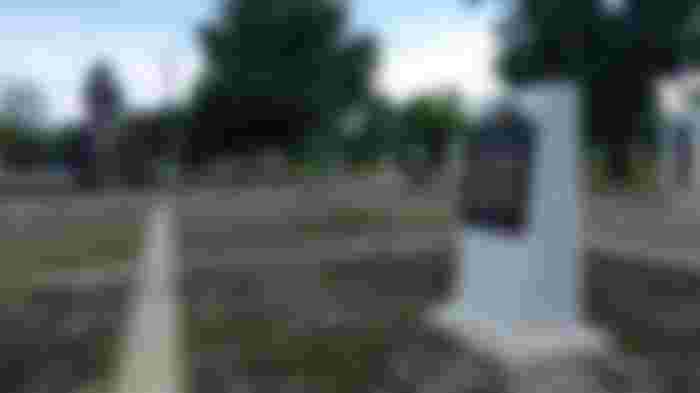
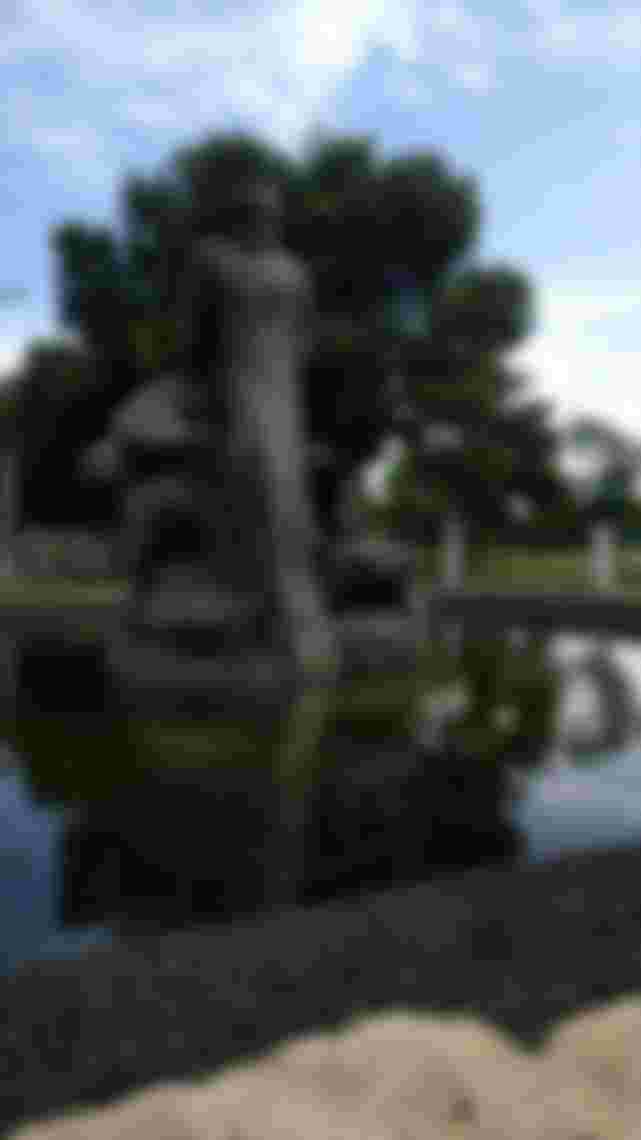
[Removed comment]